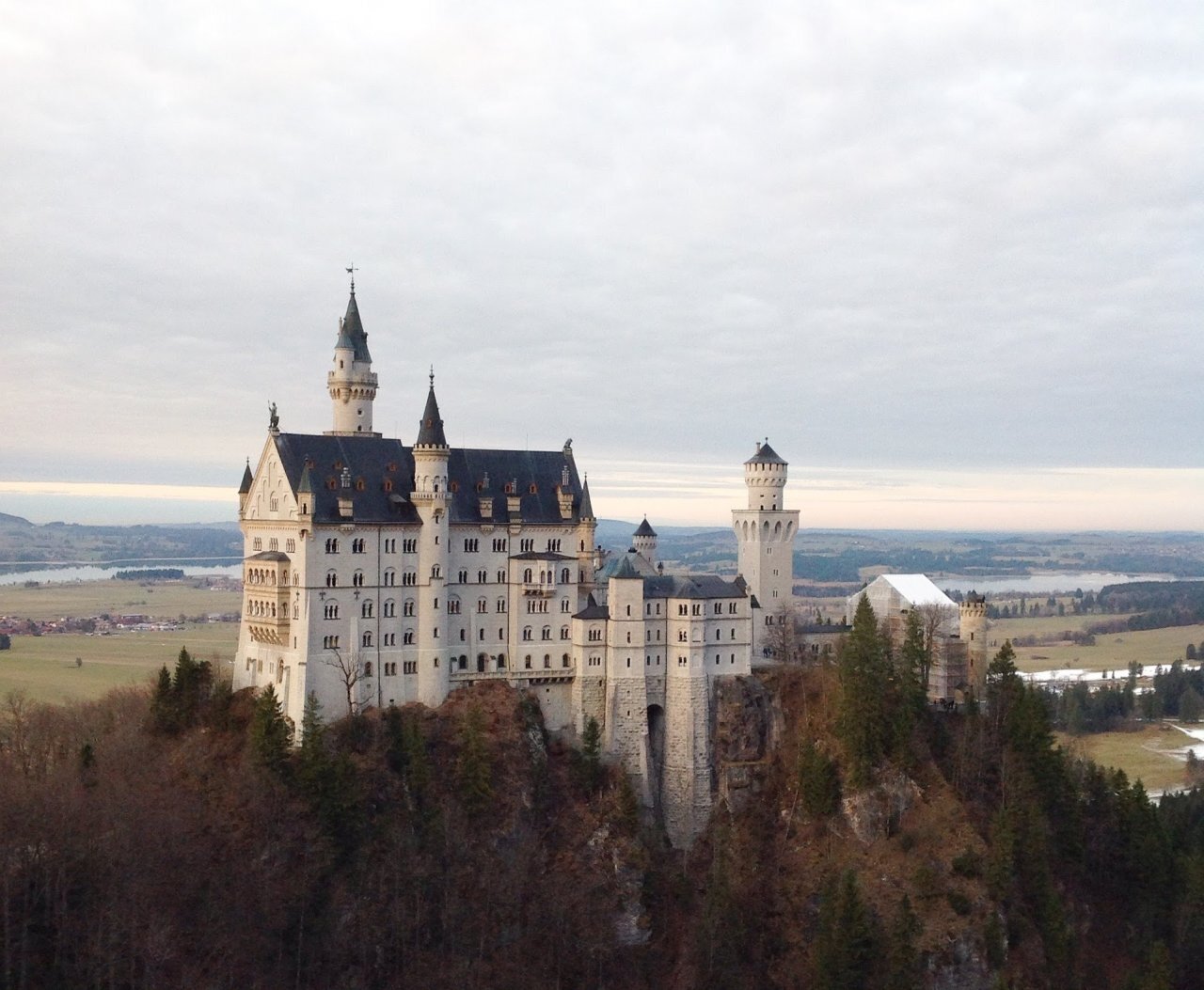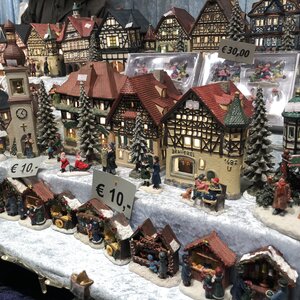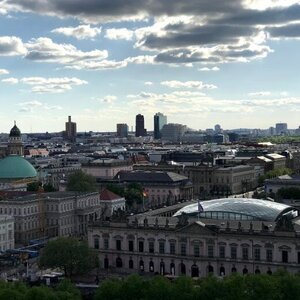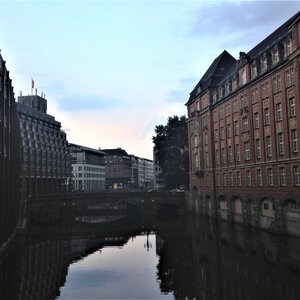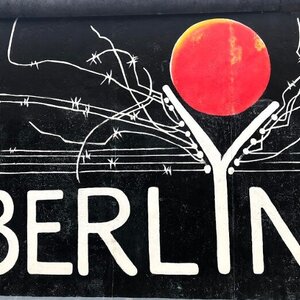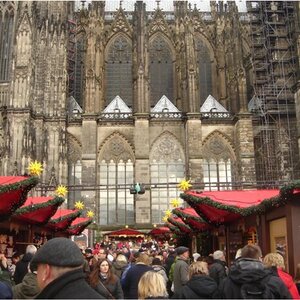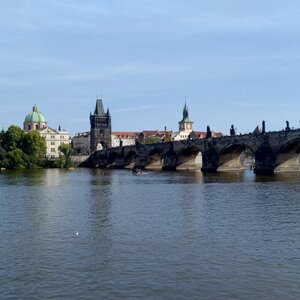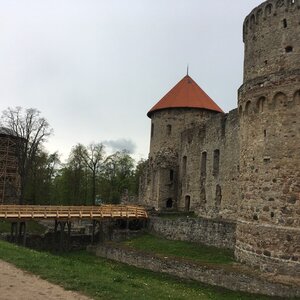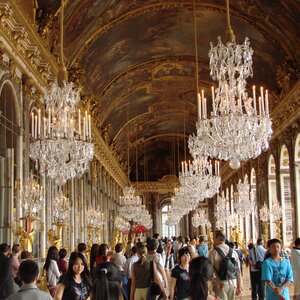Neuschwanstein and the lesser known but no less elegant Hohenschwangau attract around 5000 tourists every day for a reason. The events of Wagner’s opera «Lohengrin» and Tchaikovsky’s ballet «Swan Lake» unfolded in these places. Neuschwanstein Castle became the prototype of the «Disney» castle, which is familiar to every child in the United States, Europe and the former USSR. You can’t be in Munich and miss the castles, so research how to get to the castles and hit the road.
Schloss Hohenschwangau (Hohenschwangau Castle)
Before the castle, there was a fortress, the first mention of which dates back to the 12th century. It was built for the knights of the Schwangau family, who gave the area its name. The castle was the fortress and residence of two dynasties — the Hohenstaufen and the Welfs. By the 16th century both dynasties had died out and left the village, the castle was gradually destroyed and finally turned into ruins after the invasion of Napoleon’s troops.
In 1829, the future King Maximilian II of Bavaria bought the land with the ruins of the castle for 7,000 guilders, a small sum at the time. The neo-Gothic style Schloss Hohenschwangau (Schloss Hohenschwangau — literal translation «High Swan’s Edge») was completed within 6 years. The warm yellow-colored castle is decorated with many balconies and turrets.
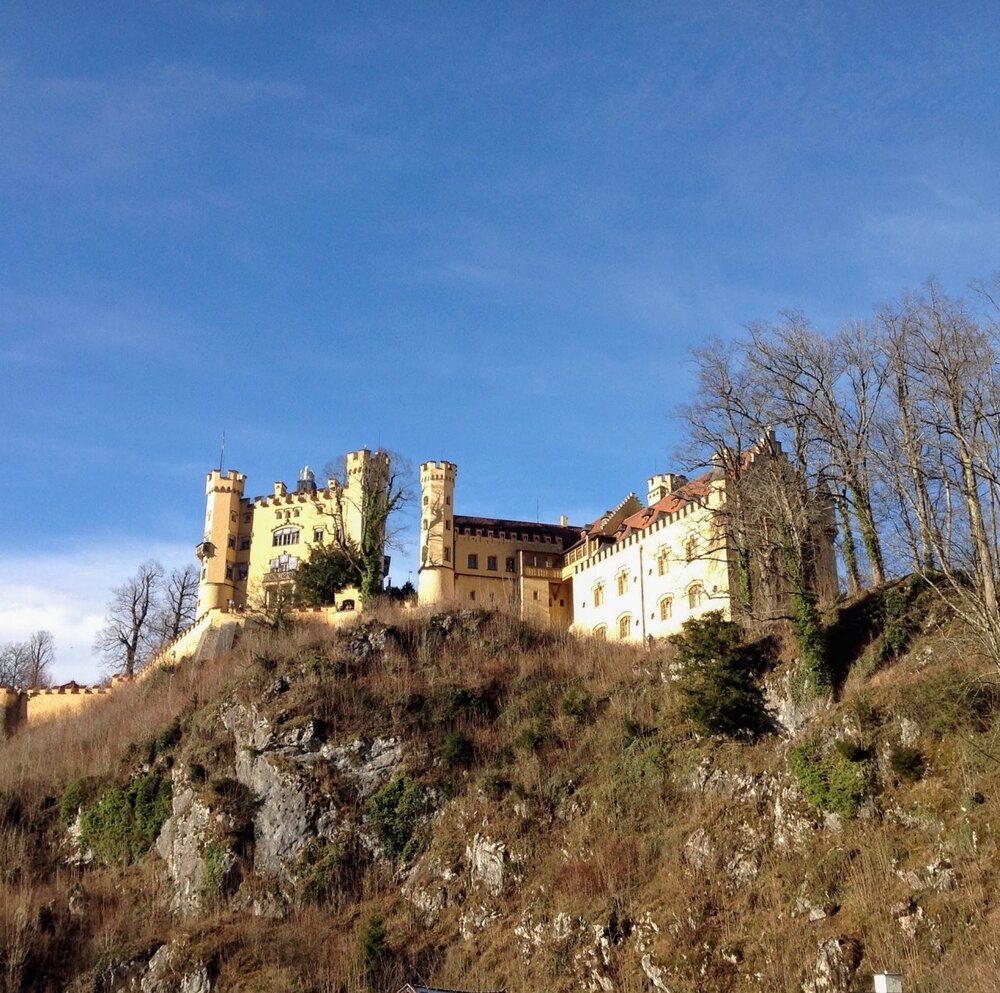
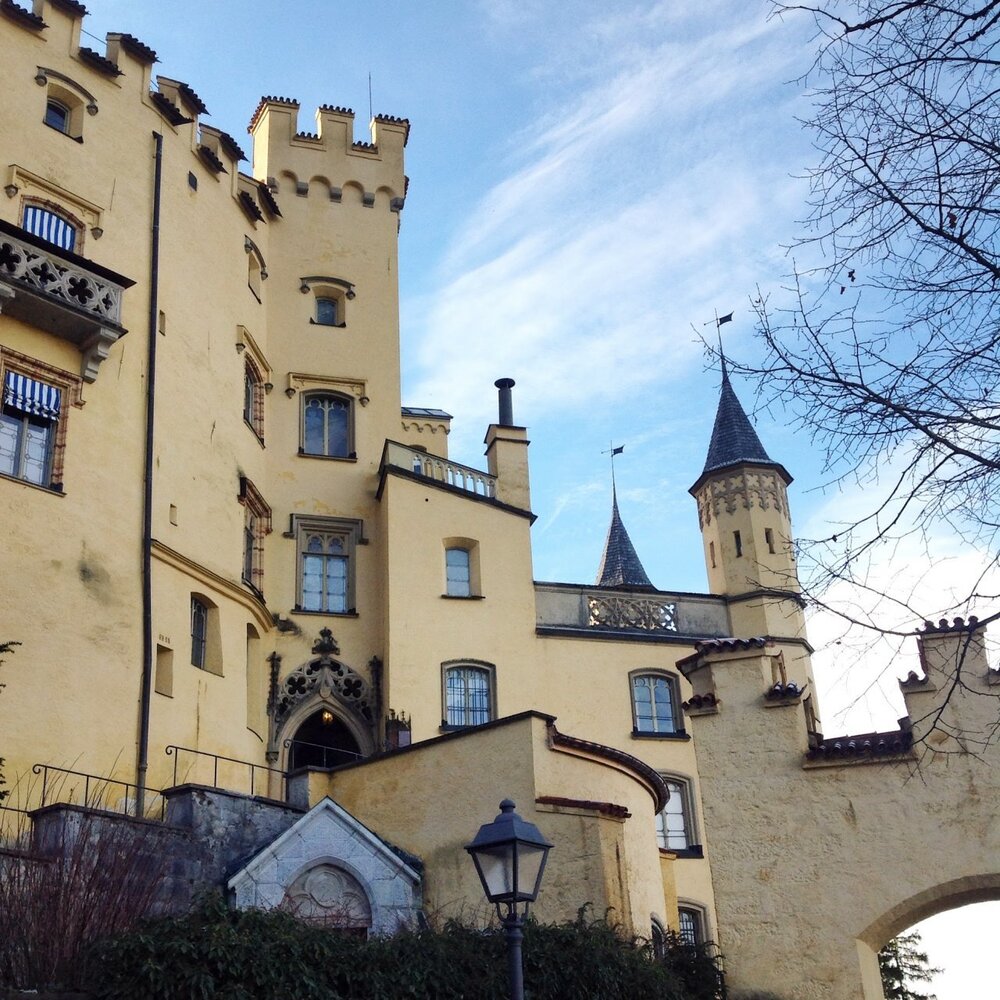
The castle became the residence of the royal family. The king’s eldest son Ludwig II grew up here and later built Schloss Neuschwanstein.
Hohenschwangau Castle is owned by royal descendants, but it is open to the public as a museum.
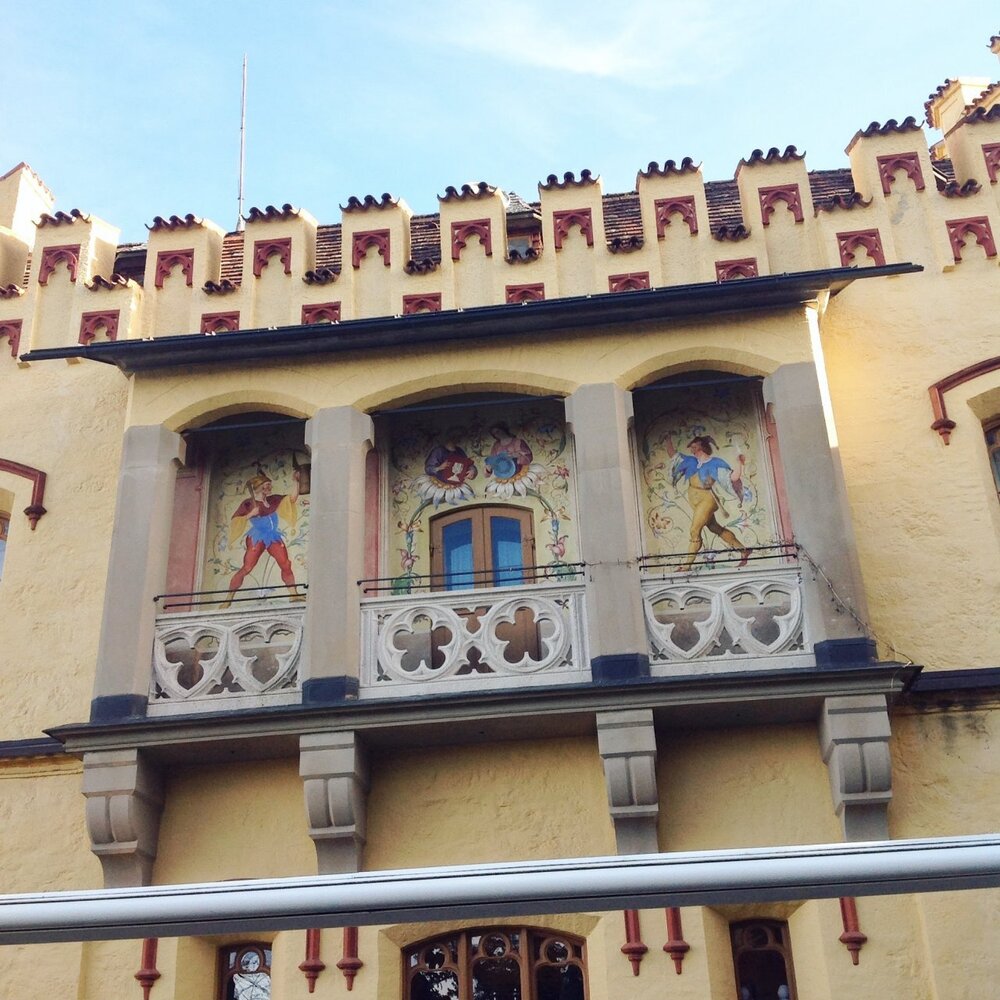
The swan remains the symbol of the castle, in memory of the 12th century fortress. The swan theme is the main theme in the interior decorations — chandeliers, candlesticks, tapestries, armchairs and many other interior details are decorated with swans.
The tour of the castle begins in the banquet hall, where there is a «table with paintings» based on the «Saga of the Nibelungs». The walls are decorated with frescoes based on the Viking sagas. In the castle there is a piano played by the composer Richard Wagner himself. In the chapel of the castle you can see two Russian icons — a gift from Emperor Alexander I. From the platform in front of the castle there is a picturesque view of the Alpsee lake below, which captivated the king.
In one of the rooms of the castle there is a souvenir store with handmade products.
- It takes about 20 minutes to walk from the ticket center to Hohenschwangau Castle. There are signs everywhere — it’s impossible to get lost.
- The horse-drawn carriage ride is about 10 minutes. Departs from the ticket center, stops at the very foot of the castle. It takes about 5 more minutes to walk up to the entrance of the castle, where the tour starts. Ticket to the castle — 4,5 €, down — 2 €, buy at the landing. During the winter snowy period the carriage does not run.
- There’s no elevator in the castle.
- Excursions are held in summer from 09:00 to 17:00, in winter — from 10:00 to 16:00.
- The ticket is 13 €. Tickets can be bought (or redeemed booked) exclusively at the ticket offices in the village on the day of the tour.
- You can choose a combined ticket to visit both castles. The ticket for visiting two castles on the same day is 25 €.
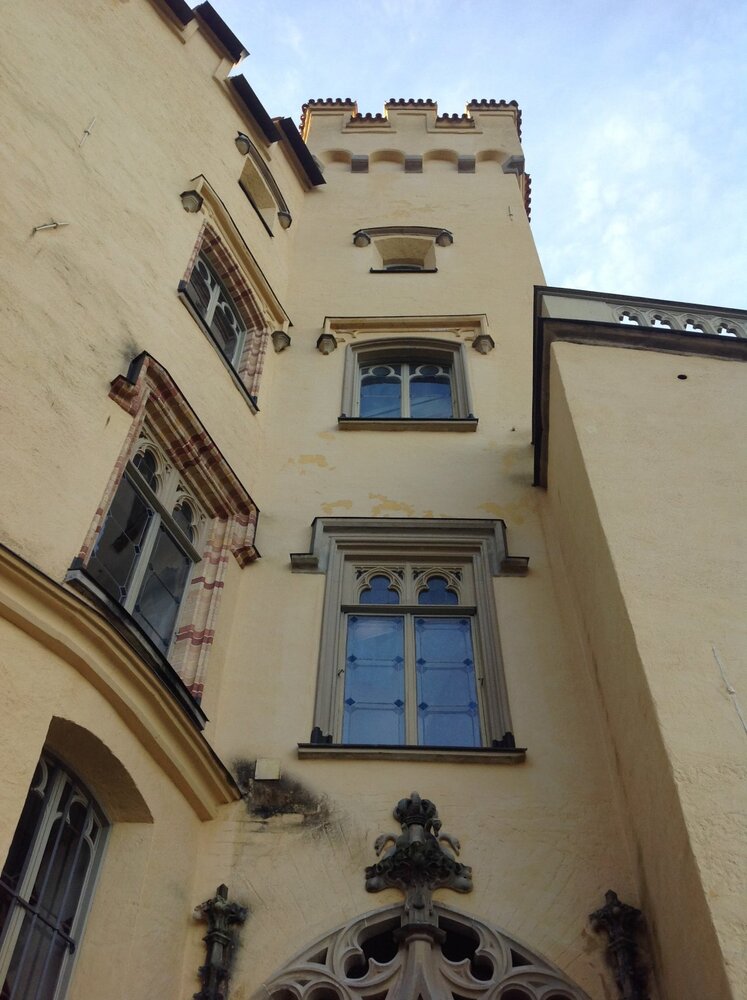
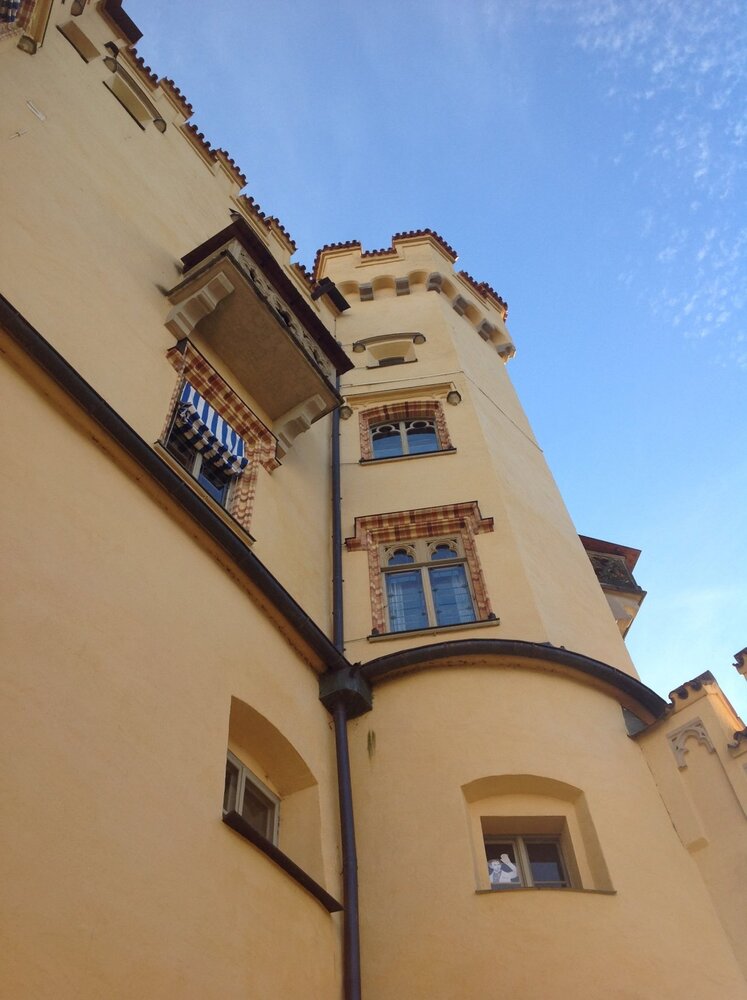
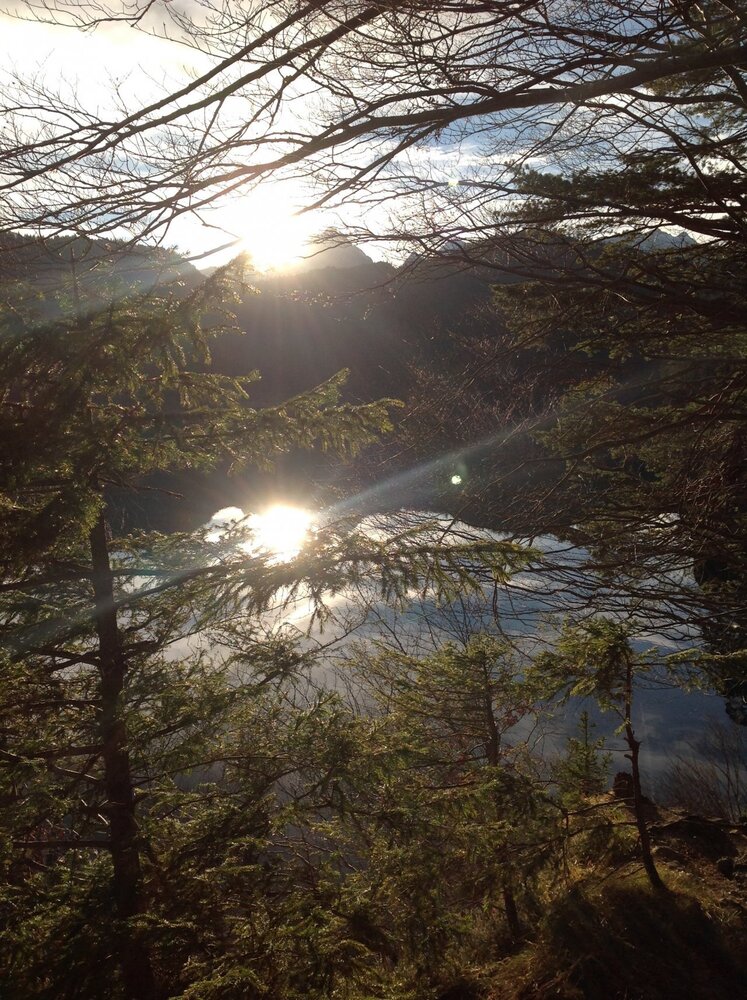
Neuschwanstein Castle (Schloss Neuschwanstein)
Ironically, the castle that the king built as a place of solitude has become one of the most famous and visited in Europe. Neuschwanstein is visited by about one and a half million tourists every year.
King Ludwig II grew up in Hohenschwangau Castle and decided to build a secluded castle for himself, where he could indulge in daydreaming and abstract himself from the cares of state — the castle was not intended for official receptions and balls. The king personally approved the design of the Neuschwanstein castle (Neuschwanstein, translated as «New Swan Cliff») and every stage of the work, every drawing of the architect.
He was later accused of embezzling the treasury for the construction of the castle, although the king claimed to have paid for the work from his personal funds. More than 6 million gold marks were spent on the castle. After the king’s death, the castle, still unfinished, was opened to the public for a fee and paid for itself in just 13 years. Since then and to this day, the king’s most expensive project has been the most profitable attraction in the state of Bavaria.
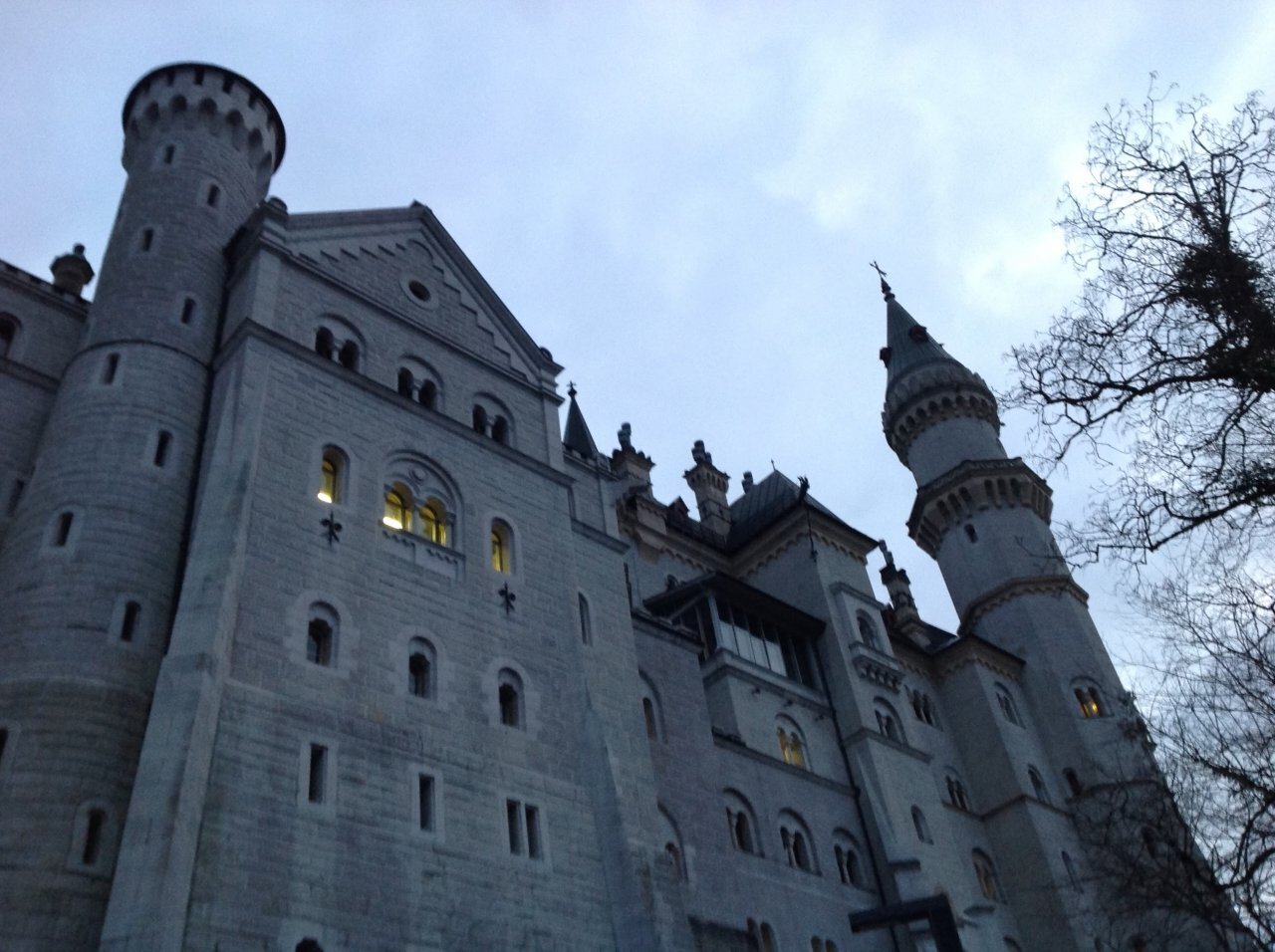

The monarch was fond of medieval German literature and folklore. The interiors are decorated with frescoes based on Richard Wagner’s operas — the king was very fond of his music and financially supported the composer. The walls of the castle are painted with excerpts from «The Lohengrin Saga», the small grotto is made in the style of the grotto of Venus from «The Poem of Tannhäuser», and the song and festive halls are based on «The Legend of Parzival». The swan theme is evident in the decoration of all rooms of the castle, as in the parent castle of King Hohenschwangau.
It is no coincidence that the castle looks more like a set for Wagner’s productions than an ordinary castle: the interiors were designed by theater artist Christian Jank. The central room of the castle is the Singers' Hall, and the entire castle seems to be built around it. Here, wall paintings depict the legends of Percival (Parzival).
On the 3rd and 4th floors is the large Throne Hall. It is decorated in gold and looks like a church — the architects were inspired by Byzantine architecture and Munich’s Allerheiligen-Hofkirche (All Saints' Church). The central dome is decorated with images of Jesus Christ, the 12 apostles and six holy kings. The walls depict the deeds of the kings. The throne room was not completed before the king’s death.
The king lived in his castle for only 172 days. The opposition sent the king for psychiatric treatment and he soon drowned in Lake Würmsee. Seven weeks after Ludwig II’s death, in 1886, the castle was opened to the public to recoup costs.
The castle was equipped with the latest technology at the time — hot water and electricity were provided.
It is forbidden to take pictures inside the castle, so it is possible to imagine the decoration only by stolen photos of tourists.
During World War II, the Reichsbank’s gold was stored in the castle. Shortly before the end of the war, the gold was taken to an unknown destination, but rumors circulated that it had been drowned in the nearby Alatsee lake.
The Marienbrücke bridge, which is located above the castle, offers the same view of the castle that we see on all the tourist postcards.
It will come in handy when preparing a trip:
- The climb up to the castle takes about 40 minutes on foot.
- You can go up in a horse-drawn baby carriage. The starting point is Hotel Müller. The ticket up to the castle is 7 €, down is half the price and is bought from the baby carriage driver. The baby carriage rides for about 20 minutes. From the stop to the castle itself is about 15 minutes more uphill.
- There is a bus from the ticket office to the Marienbrücke (Marien Bridge) — from there you will have to walk down to the castle for about 10—15 minutes. The ticket is 2,50 € upwards, 1,5 € downwards. The bus does not run in snowy weather. The bus and horse-drawn carriage do not have an exact schedule — they leave according to the number of passengers.
- The castle is open for excursions from 10:00 to 16:00 in winter and from 09:00 to 18:00 in summer.
- Ticket is 13 €, tour and audio guide included.
- You can opt for a combination ticket to visit both castles on the same day — 25 €.
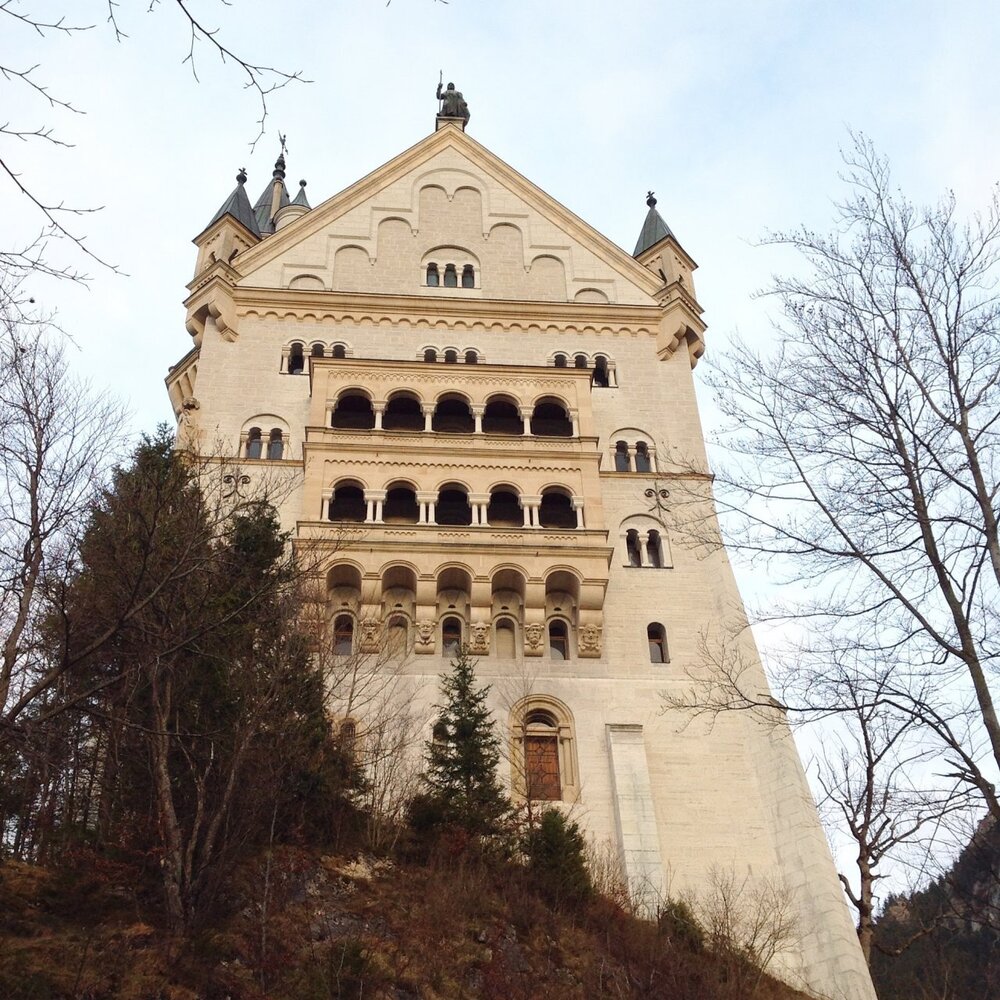
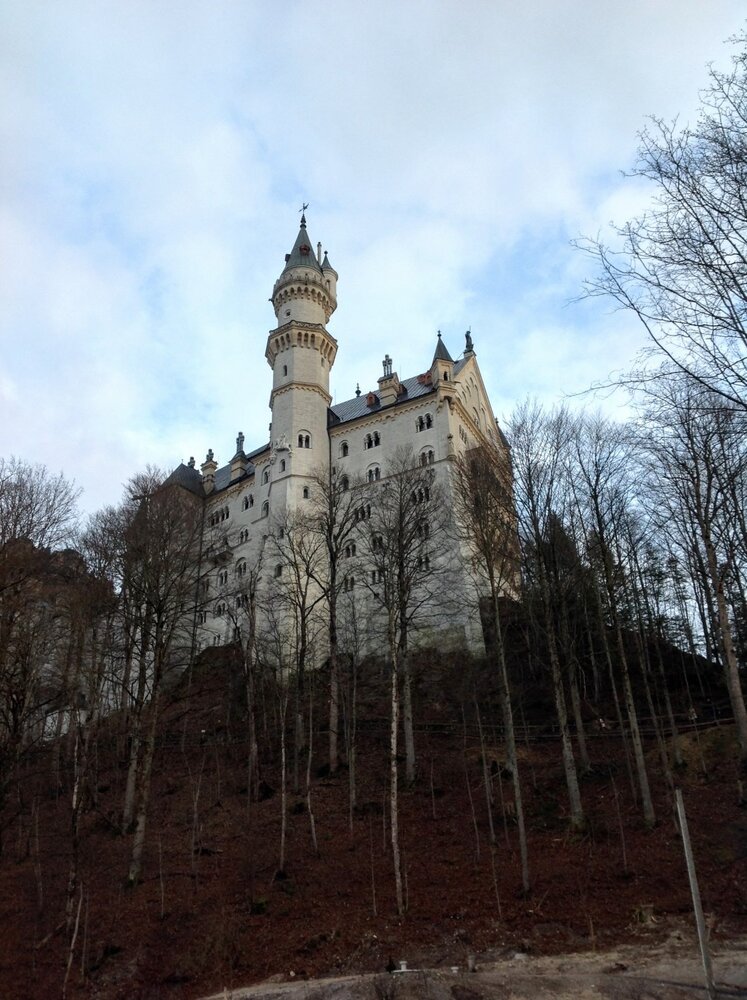
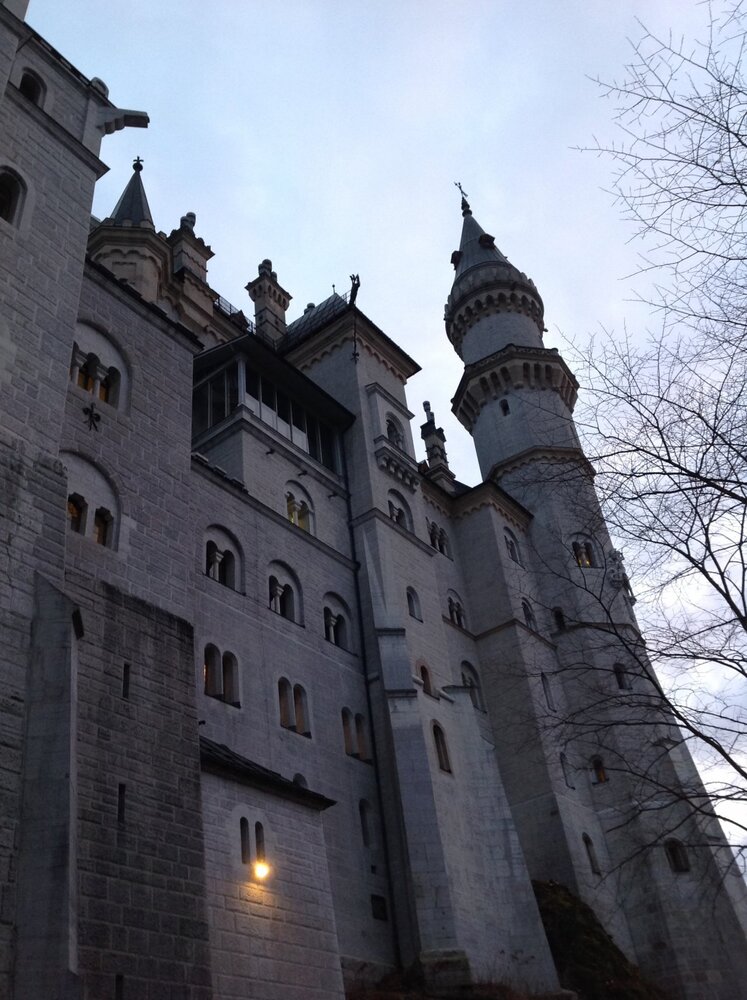
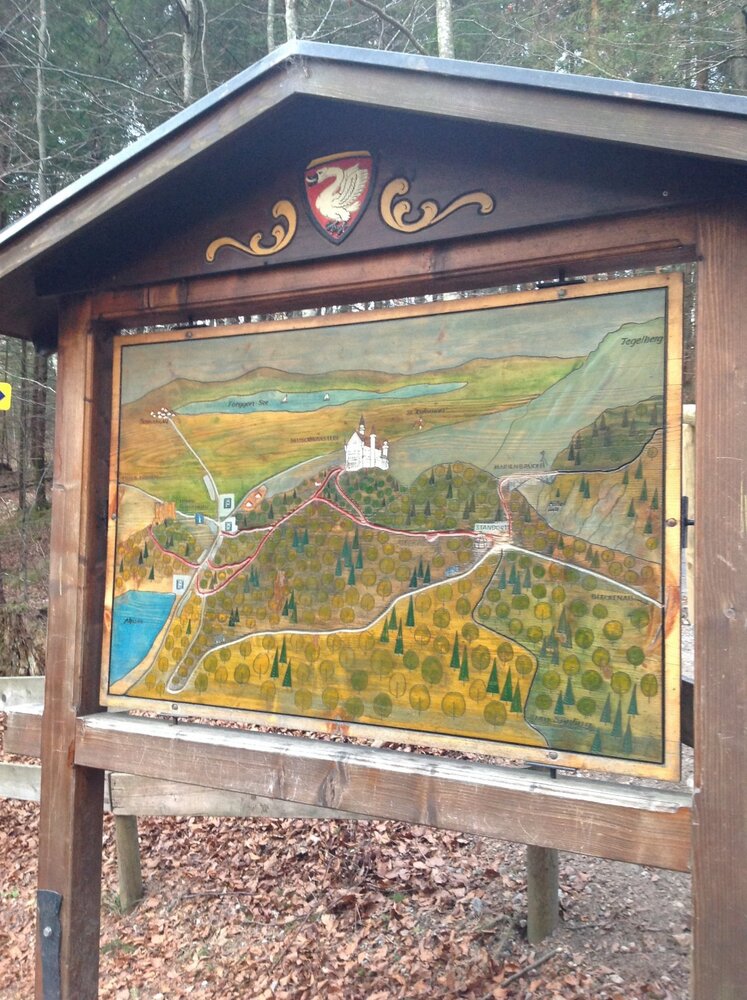
Hohenschwanagau and Neuschwanstein castles look as if they have stepped out of the pages of fairy tales, in the interiors of the castles it is easy to imagine yourself as a hero of Disney cartoons or medieval sagas. The castles look much more majestic and elegant in person than in any photograph — they are worth visiting at least once in your life.

